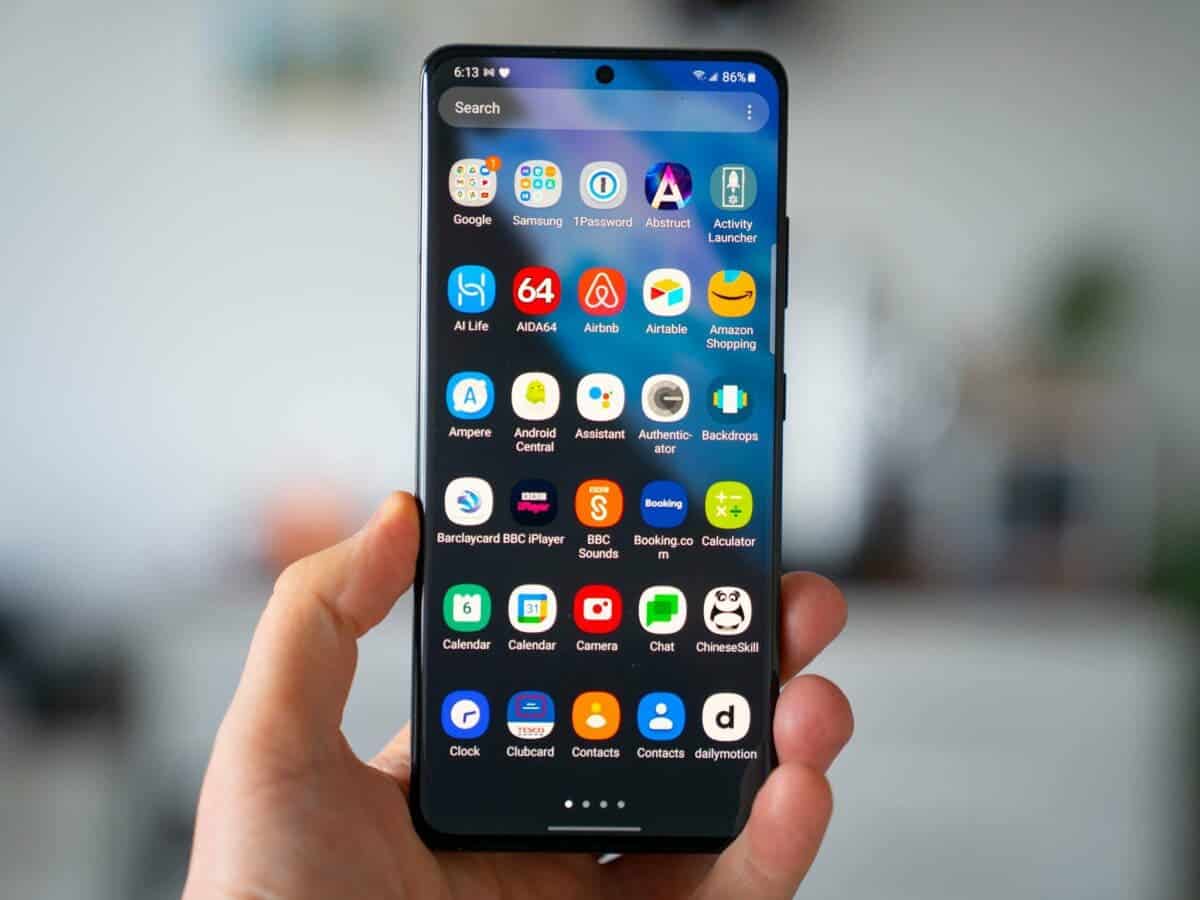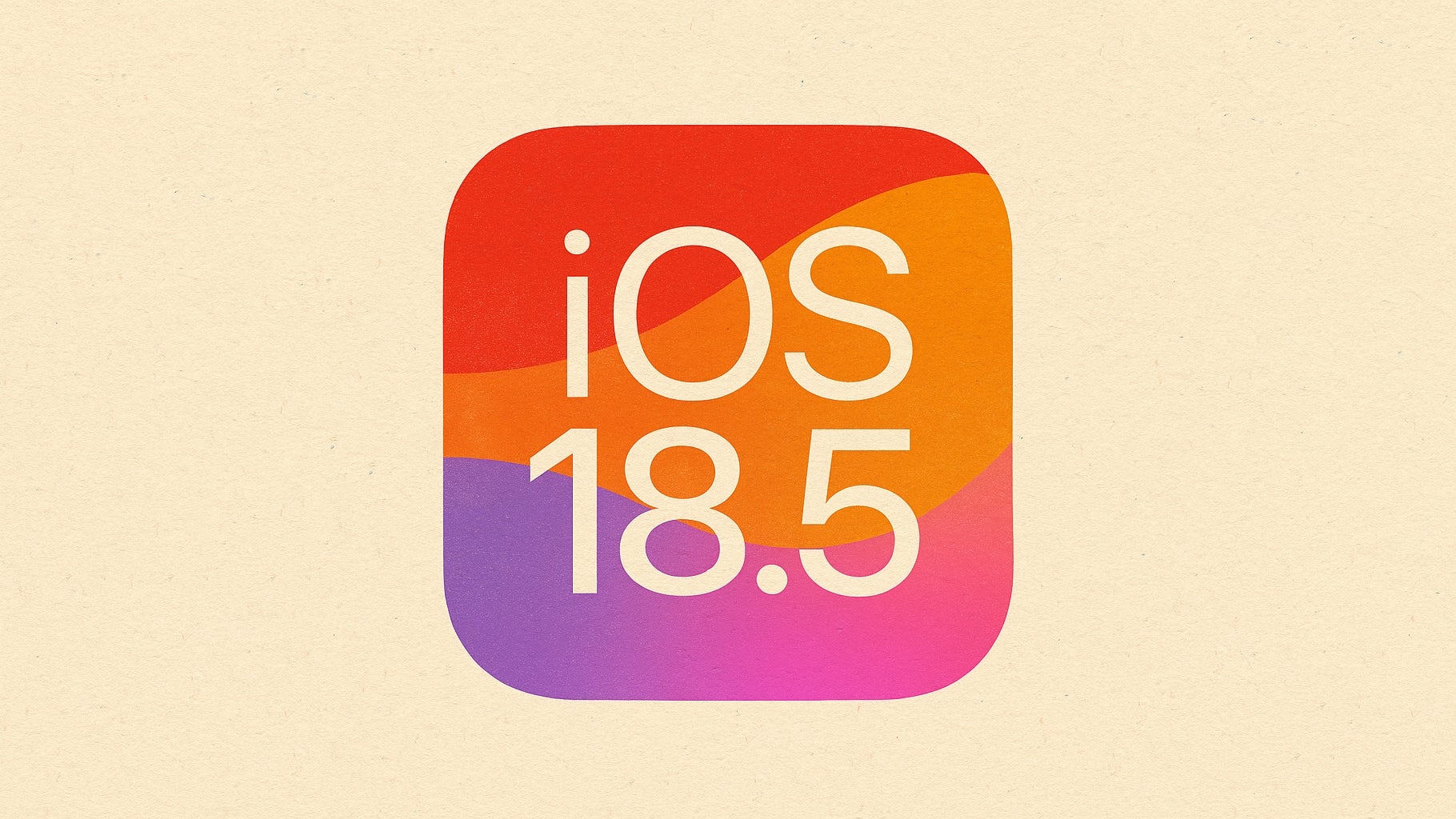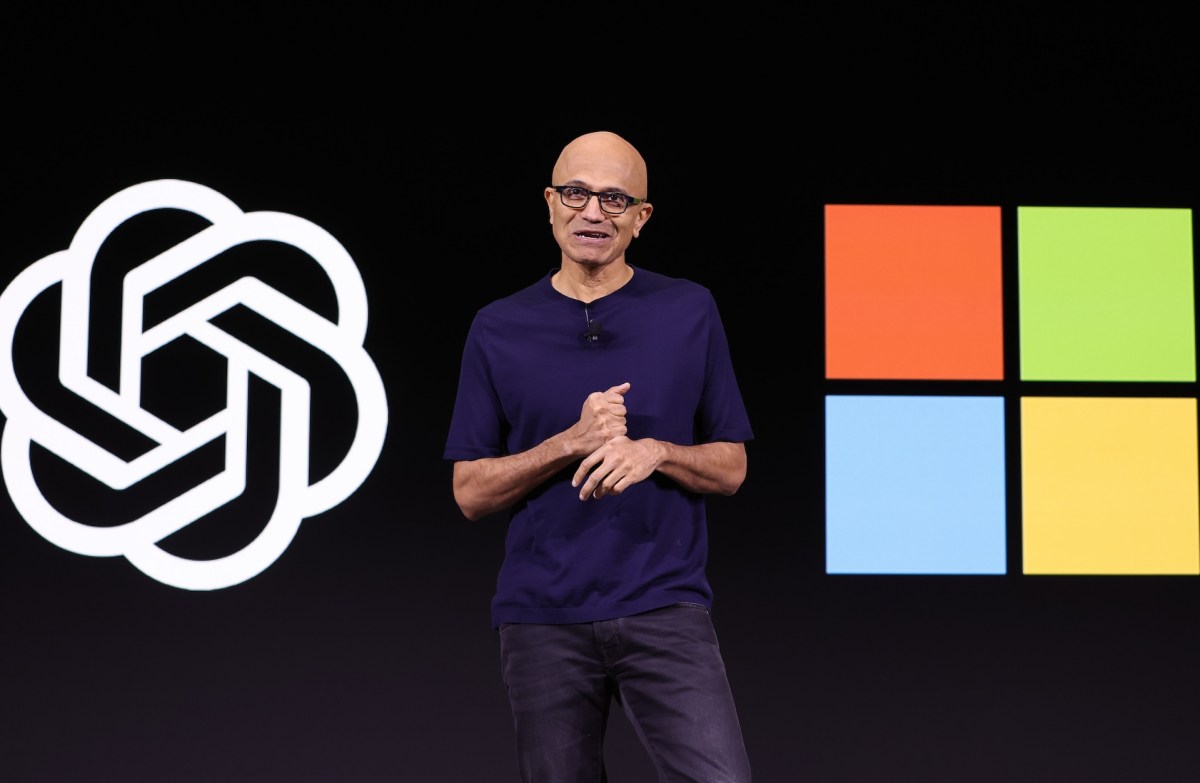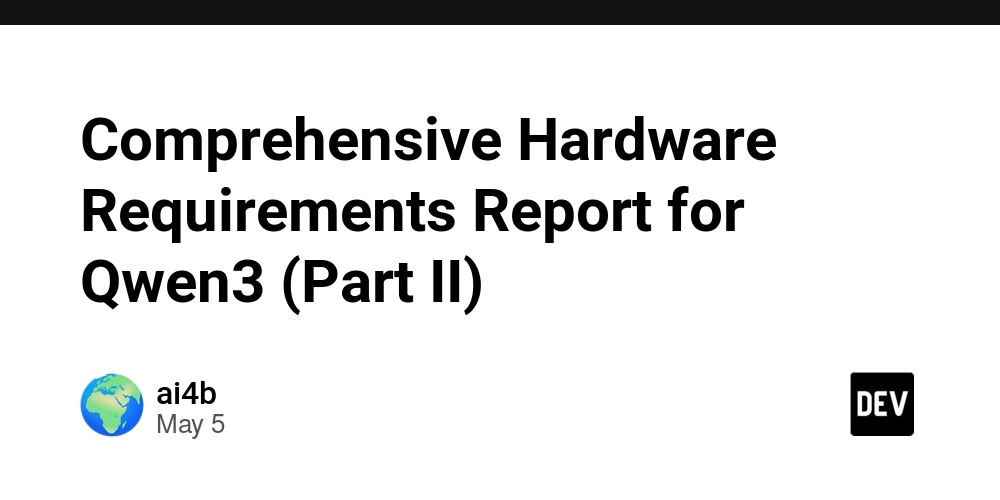MediaSession API for Custom Media Controls
Mastering the MediaSession API for Custom Media Controls: A Deep Dive Introduction The MediaSession API, a relatively recent addition to the web's suite of client-side APIs, allows developers to manage media playback in a way that enhances both user experience and control consistency across different devices and platforms. With the rise of progressive web applications (PWAs) and enhanced media streaming services, mastering the MediaSession API is imperative for developers aiming to create rich, user-friendly media experiences. This article serves as a comprehensive guide that explores the intricacies of the MediaSession API, examines complex code examples, highlights best practices, and underscores real-world applications in modern web development. Historical Context Early web media playback relied heavily on and elements, providing limited functionalities for custom controls. This lack of control led to inconsistent user experiences across devices and browsers. The evolution of the web platform noticed the growing demand for better media playback capabilities and seamless integration with native device controls. Thus, the MediaSession API was standardized under the W3C's Web Media API Working Group, with its specification being approved in April 2020. It offers web applications a standardized interface for controlling media playback that interacts intuitively with the device's native media players and displays. Technical Overview What is the MediaSession API? The MediaSession API allows web applications to customize media notifications and control media playback through JavaScript. For instance, you can define metadata for the currently playing media, such as the title, artist, album, artwork, and set up handlers for media actions like play, pause, skip, etc. Core Components of the API The MediaSession API revolves around the following core features: Media Metadata: You can provide rich metadata about currently playing media that is used in notifications. Handlers: You can define event handlers for various media commands such as play, pause, seekbackward, seekforward, etc. Playback State: The state of the media playback (playing, paused, etc.) can be represented, allowing devices to update the UI accordingly. Basic Implementation Below is the simplest form of implementing the MediaSession API: if ('mediaSession' in navigator) { navigator.mediaSession.metadata = new MediaMetadata({ title: 'Song Title', artist: 'Artist Name', album: 'Album Name', artwork: [ { src: 'artwork.jpg', sizes: '96x96', type: 'image/jpeg' }, { src: 'artwork-384x384.jpg', sizes: '384x384', type: 'image/jpeg' }, ] }); navigator.mediaSession.setActionHandler('play', function() { // Logic for play }); navigator.mediaSession.setActionHandler('pause', function() { // Logic for pause }); } In this example, the metadata provided will be displayed in the notification area when media is playing. Both play and pause event handlers are set up to facilitate interactivity. In-Depth Code Examples While the basic implementation is rather straightforward, developing complex scenarios involves deeper interaction with the API. Below, we explore audiovisual content including advanced controls, state management, and error handling. Complex Scenario - Media Player with Seek Functionality Assume you want to create a media player that not only plays audio tracks but also supports seeking backward and forward. let currentTrack = { title: 'Amazing Song', artist: 'John Doe', album: 'Great Album', artwork: [{ src: 'cover.jpg', sizes: '512x512', type: 'image/jpeg' }], duration: 300 // Track duration in seconds }; if ('mediaSession' in navigator) { navigator.mediaSession.metadata = new MediaMetadata(currentTrack); navigator.mediaSession.setActionHandler('play', playTrack); navigator.mediaSession.setActionHandler('pause', pauseTrack); navigator.mediaSession.setActionHandler('seekbackward', seekBackward); navigator.mediaSession.setActionHandler('seekforward', seekForward); let isPlaying = false; let currentTime = 0; function playTrack() { isPlaying = true; updatePlaybackState(); } function pauseTrack() { isPlaying = false; updatePlaybackState(); } function seekBackward() { currentTime = Math.max(currentTime - 10, 0); // Seek 10 seconds backward updatePlaybackState(); } function seekForward() { currentTime = Math.min(currentTime + 10, currentTrack.duration); // Seek 10 seconds forward updatePlaybackState(); } function updatePlaybackState() { navigator.mediaSession.playbackState = isPlaying ? 'playing' : 'paused'; navigator.mediaSession.setPositionState({ duration: currentTrack.duration, playbackRate: 1, position: currentTime, state: isPlaying ? 'playing' : 'paused' }); }
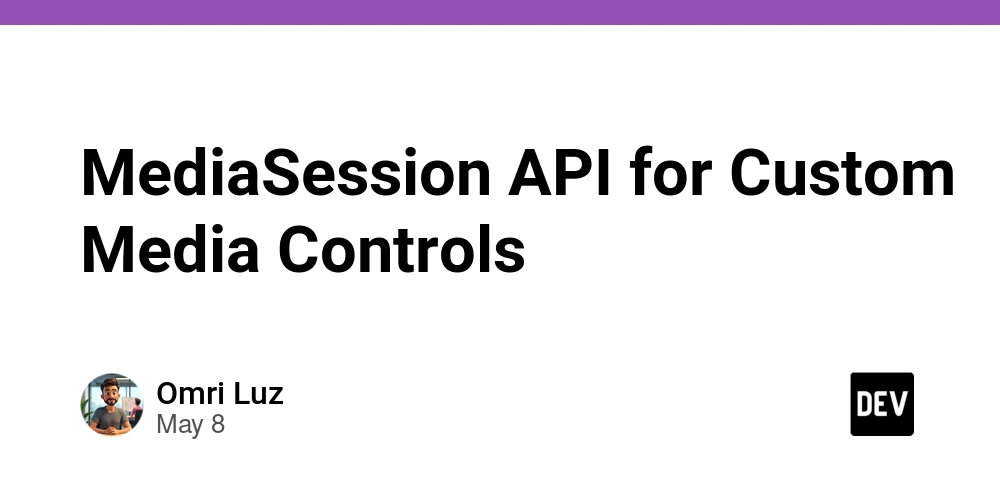
Mastering the MediaSession API for Custom Media Controls: A Deep Dive
Introduction
The MediaSession API, a relatively recent addition to the web's suite of client-side APIs, allows developers to manage media playback in a way that enhances both user experience and control consistency across different devices and platforms. With the rise of progressive web applications (PWAs) and enhanced media streaming services, mastering the MediaSession API is imperative for developers aiming to create rich, user-friendly media experiences. This article serves as a comprehensive guide that explores the intricacies of the MediaSession API, examines complex code examples, highlights best practices, and underscores real-world applications in modern web development.
Historical Context
Early web media playback relied heavily on and elements, providing limited functionalities for custom controls. This lack of control led to inconsistent user experiences across devices and browsers. The evolution of the web platform noticed the growing demand for better media playback capabilities and seamless integration with native device controls.
Thus, the MediaSession API was standardized under the W3C's Web Media API Working Group, with its specification being approved in April 2020. It offers web applications a standardized interface for controlling media playback that interacts intuitively with the device's native media players and displays.
Technical Overview
What is the MediaSession API?
The MediaSession API allows web applications to customize media notifications and control media playback through JavaScript. For instance, you can define metadata for the currently playing media, such as the title, artist, album, artwork, and set up handlers for media actions like play, pause, skip, etc.
Core Components of the API
The MediaSession API revolves around the following core features:
- Media Metadata: You can provide rich metadata about currently playing media that is used in notifications.
-
Handlers: You can define event handlers for various media commands such as
play,pause,seekbackward,seekforward, etc. - Playback State: The state of the media playback (playing, paused, etc.) can be represented, allowing devices to update the UI accordingly.
Basic Implementation
Below is the simplest form of implementing the MediaSession API:
if ('mediaSession' in navigator) {
navigator.mediaSession.metadata = new MediaMetadata({
title: 'Song Title',
artist: 'Artist Name',
album: 'Album Name',
artwork: [
{ src: 'artwork.jpg', sizes: '96x96', type: 'image/jpeg' },
{ src: 'artwork-384x384.jpg', sizes: '384x384', type: 'image/jpeg' },
]
});
navigator.mediaSession.setActionHandler('play', function() {
// Logic for play
});
navigator.mediaSession.setActionHandler('pause', function() {
// Logic for pause
});
}
In this example, the metadata provided will be displayed in the notification area when media is playing. Both play and pause event handlers are set up to facilitate interactivity.
In-Depth Code Examples
While the basic implementation is rather straightforward, developing complex scenarios involves deeper interaction with the API. Below, we explore audiovisual content including advanced controls, state management, and error handling.
Complex Scenario - Media Player with Seek Functionality
Assume you want to create a media player that not only plays audio tracks but also supports seeking backward and forward.
let currentTrack = {
title: 'Amazing Song',
artist: 'John Doe',
album: 'Great Album',
artwork: [{ src: 'cover.jpg', sizes: '512x512', type: 'image/jpeg' }],
duration: 300 // Track duration in seconds
};
if ('mediaSession' in navigator) {
navigator.mediaSession.metadata = new MediaMetadata(currentTrack);
navigator.mediaSession.setActionHandler('play', playTrack);
navigator.mediaSession.setActionHandler('pause', pauseTrack);
navigator.mediaSession.setActionHandler('seekbackward', seekBackward);
navigator.mediaSession.setActionHandler('seekforward', seekForward);
let isPlaying = false;
let currentTime = 0;
function playTrack() {
isPlaying = true;
updatePlaybackState();
}
function pauseTrack() {
isPlaying = false;
updatePlaybackState();
}
function seekBackward() {
currentTime = Math.max(currentTime - 10, 0); // Seek 10 seconds backward
updatePlaybackState();
}
function seekForward() {
currentTime = Math.min(currentTime + 10, currentTrack.duration); // Seek 10 seconds forward
updatePlaybackState();
}
function updatePlaybackState() {
navigator.mediaSession.playbackState = isPlaying ? 'playing' : 'paused';
navigator.mediaSession.setPositionState({
duration: currentTrack.duration,
playbackRate: 1,
position: currentTime,
state: isPlaying ? 'playing' : 'paused'
});
}
}
Explanation of Key Concepts
-
Position State: The
setPositionStatemethod creates an integration point for reporting on current playback duration and position. - Complex Event Handling: The code demonstrates event handling for play, pause, seek backward, and seek forward. Each command interacts not only with the UI but also updates internal application state.
Edge Cases and Advanced Techniques
Media Session in Background: If the media session becomes active but the tab goes into the background or is closed, ensuring track state is maintained is crucial. Utilize the
visibilitychangeevent in combination with the Media Session API to manage playback state effectively.Multiple Media Sessions: Handle situations where multiple media sessions might be needed, such as playlists. You might consider managing session objects in arrays or maps for dynamic manipulation.
Network and Playback Errors: Implement robust error handling strategies to manage fetching failures of media resources or abrupt stops in streaming. Use the
addEventListenerforerrorevents on media elements.Dynamic Media Preparation: Consider situations where the media content needs to change dynamically, like moving from one track to another, by updating the metadata and the position state accordingly.
Real-World Use Cases
- Music Streaming Services: Applications like Spotify or Apple Music rely on the MediaSession API for native playback controls while the user interacts with the application.
- Podcasts: Applications delivering podcast content leverage the ability to show episode metadata alongside custom playback controls.
- Video Streaming: Services such as Netflix may use this API to enhance the viewing experience by integrating better playback controls in those services.
Performance Considerations
- Memory Consumption: Over-reliance on metadata can lead to increased memory overhead. Dynamically loading images, especially high-resolution artwork, should be done judiciously.
- Network Latency: Implementing asynchronous logic when fetching media metadata or artwork must consider scenarios where users switch tracks frequently.
- Battery Life Impact: Frequent changes to the state, especially in a mobile context, can impact battery life. Optimize updates and structure interaction to prevent queuing a large number of state changes.
Debugging Techniques
-
Console Logging: Utilize
console.log()judiciously to track state changes accurately. Debugging the internal variables, especially the current play position and state, can enhance understanding during development. - Error Handling: Capture error events and log actionable messages for improved debugging, especially with media loading issues.
- Browser-Specific Behavior: Test across browsers to ensure expected behavior. Implement feature detection to gracefully handle unsupported browsers.
- Service Workers and Caching: Implement service worker strategies to cache media-related assets effectively, enabling smoother playback experiences during poor network connections.
Alternatives and Comparisons
Before the MediaSession API's emergence, developers relied on various approaches:
- Custom UI Controls: Using plain JavaScript and CSS to create entirely custom media controls but lacking integration with system media behaviors.
-
HTML5
and: While effective for basic controls, they do not offer the rich interaction variants provided by the MediaSession API. - Web Notifications: Used for sending notifications but lacked interactive controls, leading to a disjointed user experience.
Comparison Summary
| Feature | MediaSession API | HTML5 Media Elements | Custom JavaScript UI |
|---|---|---|---|
| Rich Metadata Support | Yes | No | Limited |
| Built-in Device Integration | Yes | No | No |
| Easy Interaction Handling | Yes | Limited | Custom Implementation Needed |
| Consistent Across Platforms | Yes | No | No |
Additional Resources
To deepen the understanding of the MediaSession API and its usage, refer to the following resources:
- MediaSession API Specification
- MDN Web Docs: MediaSession API
- Google Developers: Media Session API
- W3C Community Group: Web Media API
Conclusion
The MediaSession API is an essential tool for modern web applications, providing seamless integration between web media playback and native device controls. By understanding its capabilities and intricacies, developers can create advanced media experiences that feel consistent across platforms. Continuous exploration of this API opens avenues for innovation and richer user interactions, making it invaluable for any senior developer looking to harness the power of web technologies. As the web continues to evolve, mastering such capabilities will be a key driver of user engagement and satisfaction in digital media experiences.












































































































































































![[The AI Show Episode 146]: Rise of “AI-First” Companies, AI Job Disruption, GPT-4o Update Gets Rolled Back, How Big Consulting Firms Use AI, and Meta AI App](https://www.marketingaiinstitute.com/hubfs/ep%20146%20cover.png)



























































































































![[DEALS] Internxt Cloud Storage Lifetime Subscription: 10TB Plan (88% off) & Other Deals Up To 98% Off – Offers End Soon!](https://www.javacodegeeks.com/wp-content/uploads/2012/12/jcg-logo.jpg)


![Ditching a Microsoft Job to Enter Startup Purgatory with Lonewolf Engineer Sam Crombie [Podcast #171]](https://cdn.hashnode.com/res/hashnode/image/upload/v1746753508177/0cd57f66-fdb0-4972-b285-1443a7db39fc.png?#)













































































































































































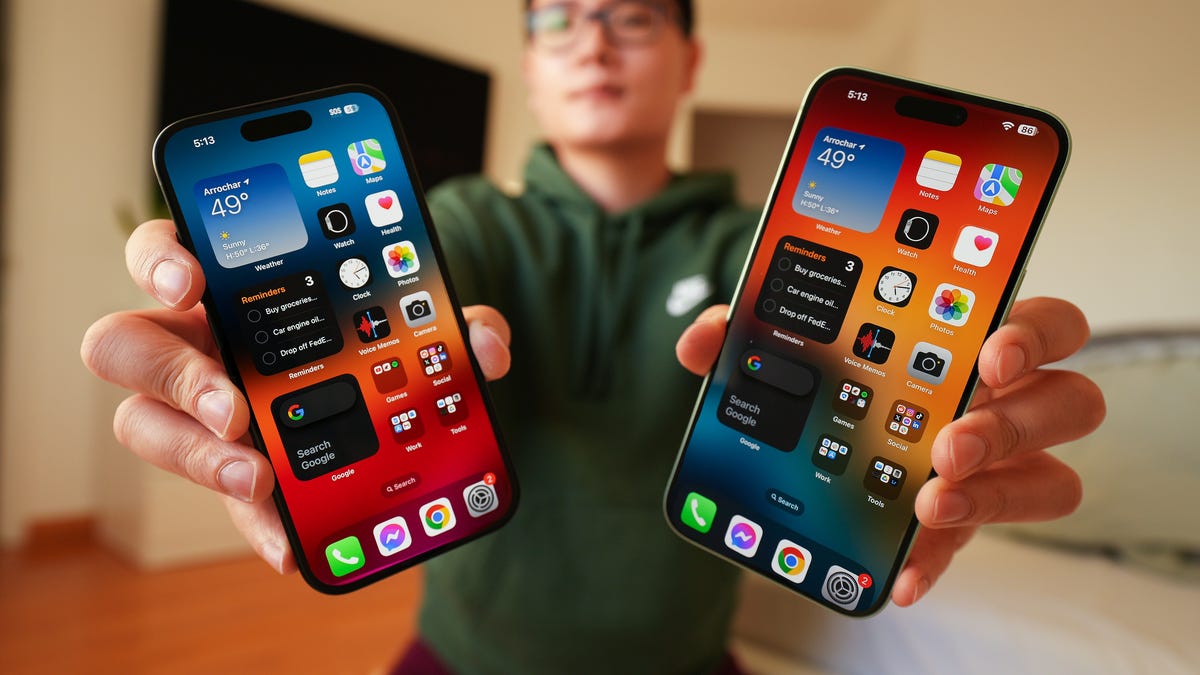

















































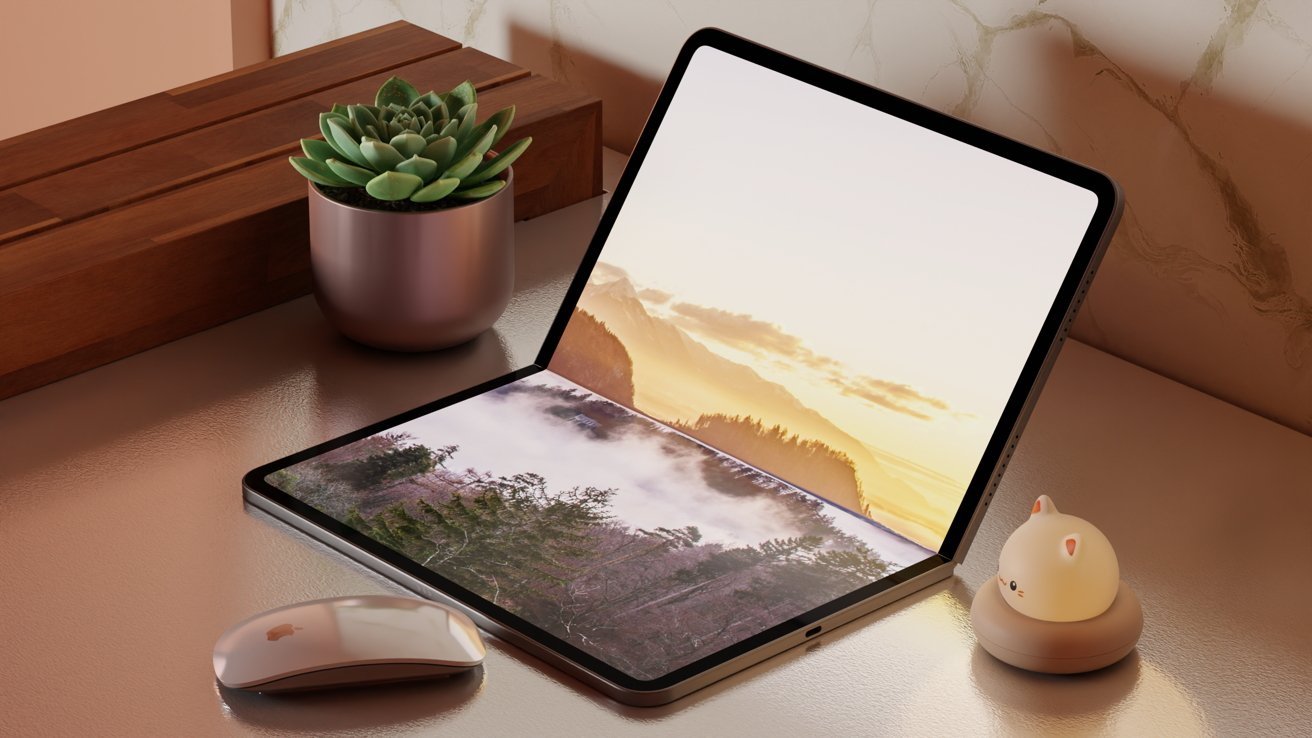
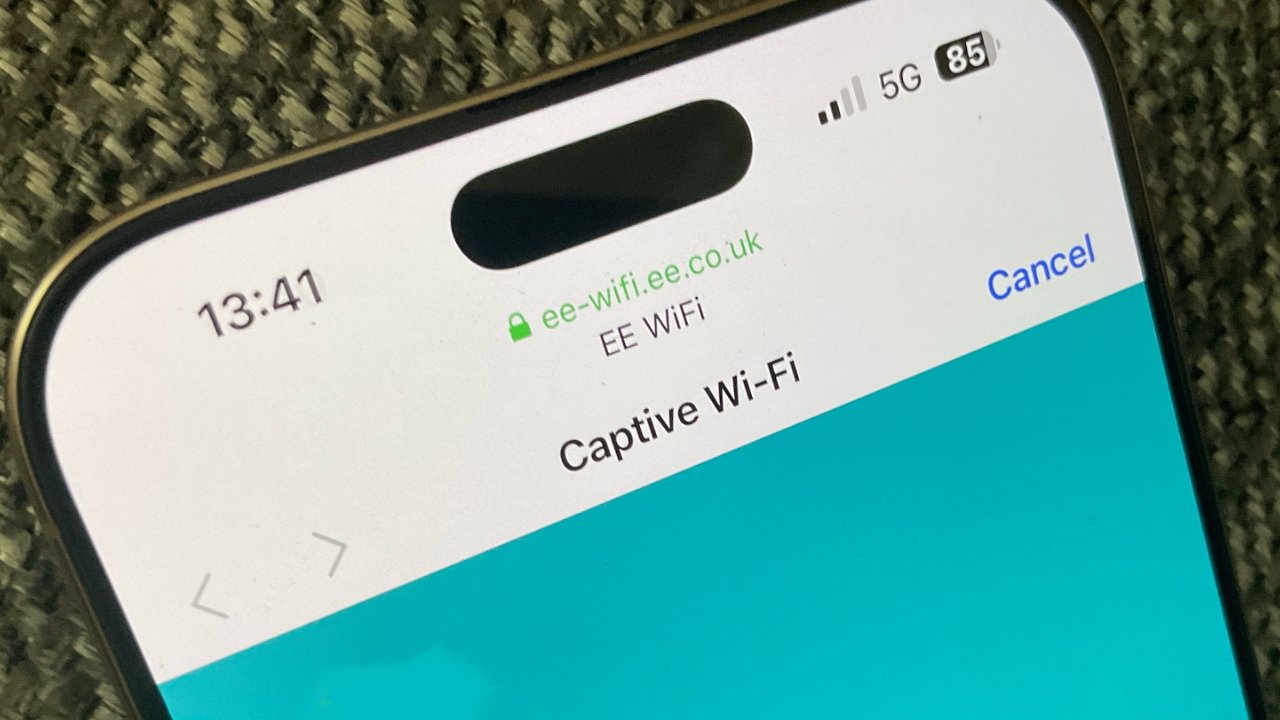













![As Galaxy Watch prepares a major change, which smartwatch design to you prefer? [Poll]](https://i0.wp.com/9to5google.com/wp-content/uploads/sites/4/2024/07/Galaxy-Watch-Ultra-and-Apple-Watch-Ultra-1.jpg?resize=1200%2C628&quality=82&strip=all&ssl=1)













![An Apple Product Renaissance Is on the Way [Gurman]](https://www.iclarified.com/images/news/97286/97286/97286-640.jpg)
![Apple to Sync Captive Wi-Fi Logins Across iPhone, iPad, and Mac [Report]](https://www.iclarified.com/images/news/97284/97284/97284-640.jpg)
![Apple M4 iMac Drops to New All-Time Low Price of $1059 [Deal]](https://www.iclarified.com/images/news/97281/97281/97281-640.jpg)
![Beats Studio Buds + On Sale for $99.95 [Lowest Price Ever]](https://www.iclarified.com/images/news/96983/96983/96983-640.jpg)
















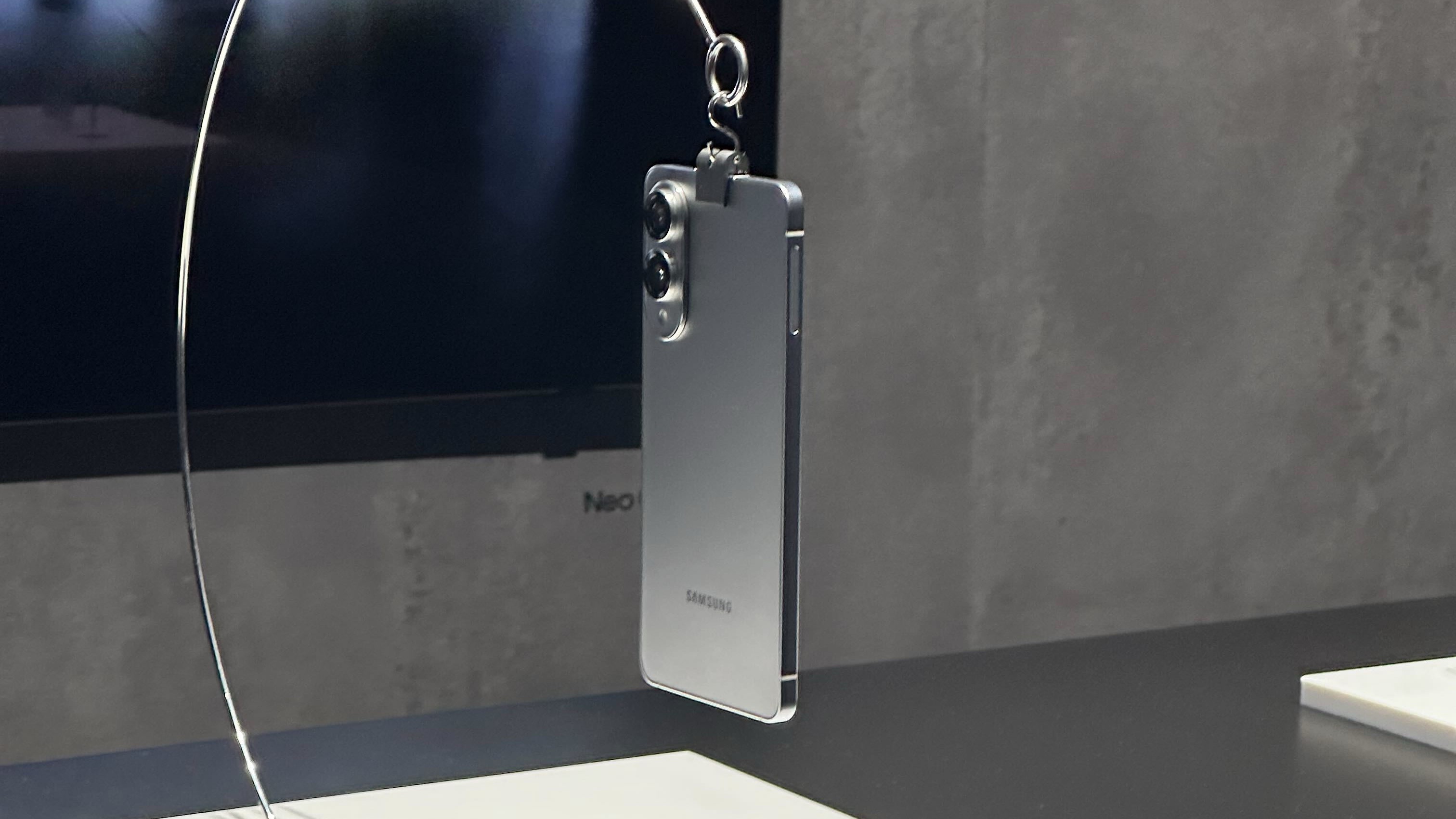






















![Apple's 11th Gen iPad Drops to New Low Price of $277.78 on Amazon [Updated]](https://images.macrumors.com/t/yQCVe42SNCzUyF04yj1XYLHG5FM=/2500x/article-new/2025/03/11th-gen-ipad-orange.jpeg)




